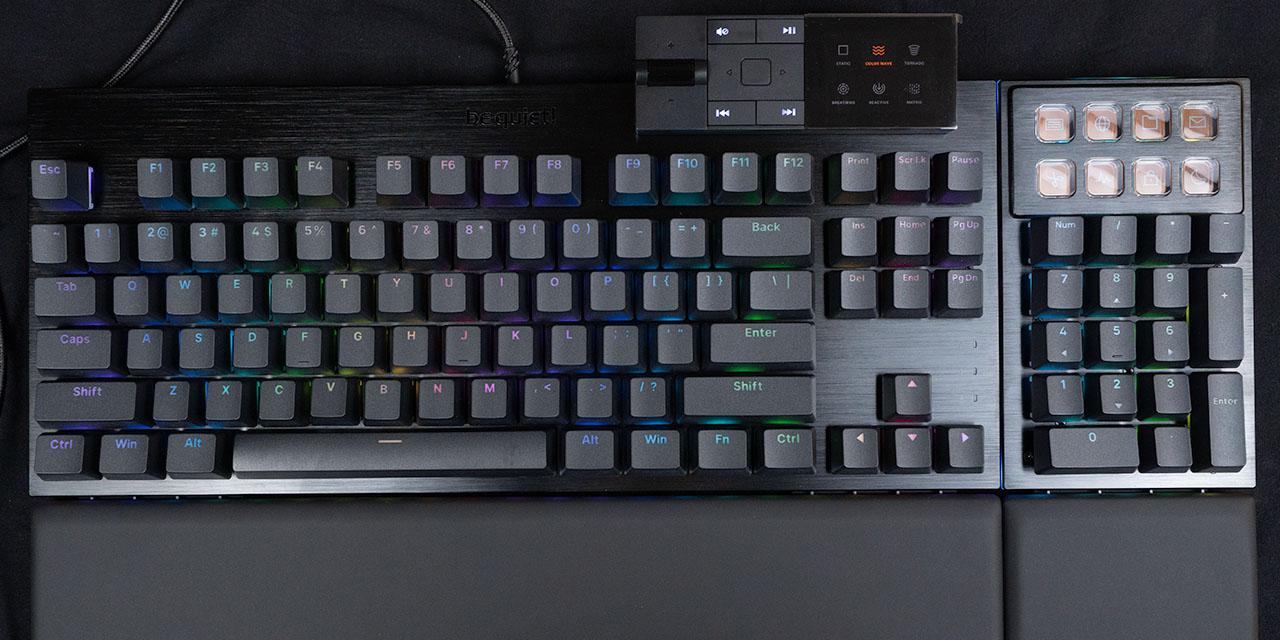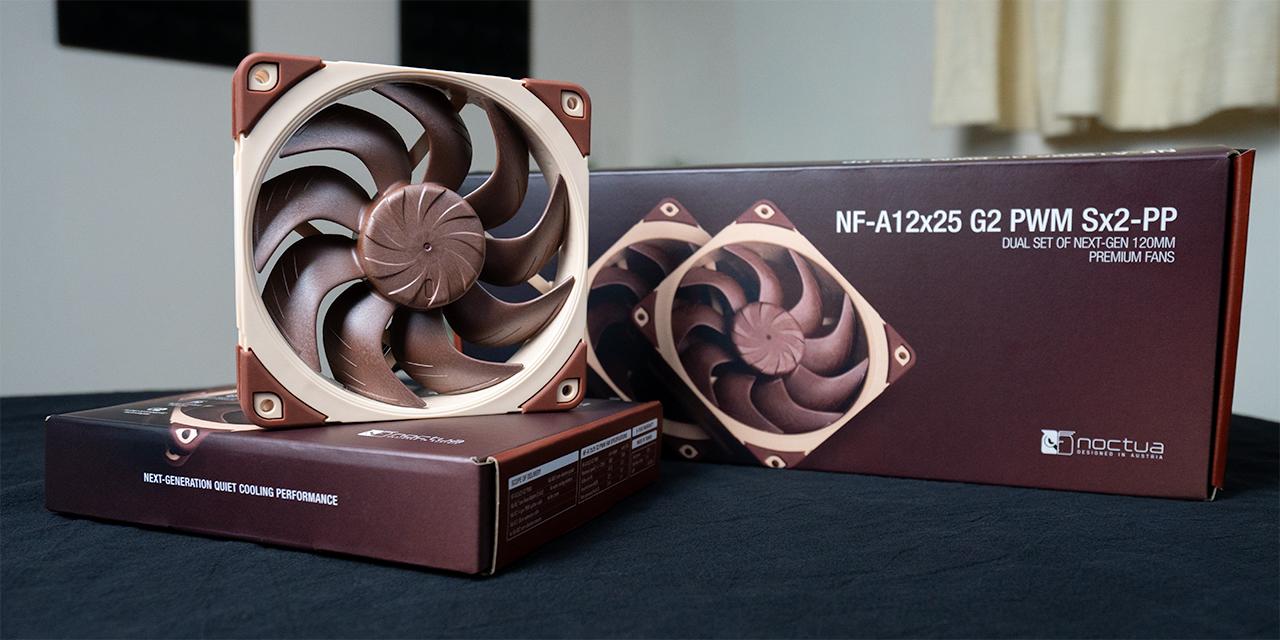Page 2 - Physical Look - Outside

Apart from the fact that today's set of photos look amazing (I'll be more modest from now on), the In Win Dragon Rider did not really get my vote insofar as the design. Some individuals on the forums were gawking at the 'fugliness' of the case, but I'd like to point out beauty is in the eyes of its beholder -- design is subjective; and not everything is for everyone. Looking at the case, we can definitely draw a few conclusions. Yes, the case looks strong. Yes, the case looks like it's built for gaming. Yes, the case has lots of cooling options. However, we can also make another set of conclusions, in that the entire front bezel of the case is made entirely of plastic, apart from the mesh. This is a huge problem for me, since the rest of the chassis is made of steel, electrogalvanized, cold-rolled, coil (SECC). Ironically, it seems like the front bezel design characteristically resembles armor, and yet, it is the most fragile piece on the Dragon Rider. Also, seen at the top and at the bottom of the bezel, In Win also decided to add five 'pores' for those who are into that kind of thing.
Looking at the side of the In Win Dragon Rider, we see the side panel covering the backside of the motherboard tray bevels out quite a bit to give good cabling room. To the far right, is the 120mm LED fan that cools the CPU backplate. I do have a small problem with the mesh though. The 120mm fan, of course, covers an area of more or less 120x120mm. However, the extra mesh from the edges of the fan to the edges of the mesh measure approximately 39 to 51mm! Also, below the 120mm fan, In Win has decided to create five alternating triangles of mesh to give the case a design edge, or to increase ventilation. However, since there is no air filter here or on the fan grille, dust can easily get into the back side, not to mention you don't really need a fan or ventilation openings here in the first place.

Once the plastic 'armor' is popped off, we can see the external 5.25" drive bays. There are a total of four 5.25" bays that can be utilized by the user, which is nice. Along with one of the slots comes a 3.5" slot adapter for those who still use floppy drives -- bless their souls. To use more than the first 5.25" slot, the user will have to manually clip off the metal cover for it, which is not replaceable. At the very bottom, by the bottom 120mm intake fan is another 5.25" opening. You cannot install anything is more than a few centimeters deep here, but it might be able to accommodate a fan controller. Last but not least, the fifth 5.25" opening from the top is used to store the hard drive mounts and optical bay mounts for the tool-free mounting system. This system is pretty cool, but it is quite useless. I personally took the storage out, mainly because I found that the end product of the case looked a little too complex and busy for me. Also, I knew I was not going to install more HDDs or ODDs anytime soon, so doesn't it make sense to take the extra weight off the chassis?
Above the bottom 120mm intake fan is a LED light to illuminate the In Win logo; a cool feature for those who like flashy-looking stuff. Let's briefly go over the drive bay openers on the front bezel as well. Of course, it is nice to see ones that are tool-free, but this feature is almost a standard nowadays. As stated earlier, the mesh on these covers as well as the mesh around the logo is made of some type of metal wiring. Aside from my recent comments on the looks, there is one very disturbing design problem with the mesh lining. It seems that when you take off or put on the covers, the mesh will rub against each other. The friction causes the covers to at times be difficult to put in or take out. The major issue though, is that sometimes the mesh would catch on each other, causing the wiring to bend and break. Therefore, excessive use with these 5.25" covers will result in them wearing down quickly. Also as a small warning, once the wiring breaks, it can possibly create a sharp edge that could potentially break skin (It actually cut me). Behind each mesh wiring on the cover is a small plastic filter cut in the shape of the cover to fit inside it. This filter will provide some means to controlling dust through the front, but the filters are really cheap and easy to rip.

One thing that In Win has done well on the Dragon Rider is the front panel connectors. In Win has decided to leave no rock unturned in this part of the case, as it includes all the connectors one would need and want. From the left, we have the popular 3.5mm microphone and headphone jacks, two USB 3.0 ports, two USB 2.0 ports, one IEEE 1394a FireWire port, and two eSATA ports. Below the port connectors are the power button with a power LED, and a reset button with a HDD indicator LED beside it. Simply put, In Win has decided to listen to the consumers of wanting all these ports, and the Dragon Rider does not disappoint in this respect. In terms of looks, the front panel connectors are a little bland, unlike some other cases that utilize symmetry and creative arrays to add to the overall flavor. Also, I am not a fan of the "Dragon Rider" text planted across below the connections, since I prefer a cleaner look. However, I do not see this as an issue, since I would rather have the huge array of ports over looks any day.

Like most cases, the In Win Dragon Rider utilizes a bottom mounted power supply bay. As seen on the Fractal Design Define XL reviewed by my colleague Jonathan about a month ago, the Dragon Rider also has a grille above the 120mm exhaust fan. Don't get your hopes up, though, as the Dragon Rider does not use the grille with an angled fan to exhaust air to cool the processor as an alternative to the traditional top-mounted fan like the Define XL. Instead, the Dragon Rider uses a traditional top-mounted fan, which makes me question the functionality of the grille. I believe In Win decided to allow as many ways of air to escape as possible. However, just as easy as it is for air to escape, air can easily go in, resulting in circulation of dust. So was this a wise choice for In Win to make? Absolutely not, at least not without filters. So let me appropriate a quote from my fellow colleague Jonathan, "Other manufacturers, don't take note."
Within the top grille are four pre-drilled and pre-fitted water cooling holes; most definitely one is going to be used to route the two USB 3.0 cables from the front panel connector towards the back I/O connectors of your motherboard. Below the grille is the lime-green or dark yellow 120mm exhaust fan mentioned before. Eight expansion card openings are found below that, and could accommodate pretty much any setup. These expansion slot covers uses a honeycomb grille to allow more airflow, which is also nice to have.
Looking on the side, we can make out the huge honeycomb mesh panel, with fan mounts able to hold one 220mm fan, or a possible array of six 120mm fans. This panel serves the main purpose of providing the alternative of adding more cooling options to this already intensive air cooled case. The Dragon Rider comes preinstalled with one 220mm LED fan; the option of controlling the LED with an on-off switch is located to the right of the panel. Since LEDs can become quite bright when it gets dark, the LED power switch is a great feature to incorporate. However, in this particular case (No pun intended), the Dragon Rider still remains questionable, since the 120mm LED fan on the CPU backplate and LED-lit logo has no option of being turned off, which will continue to light up your entire system at night time.

At the bottom, the one thing that sticks out most would have to be the legs. Literally. Fitted with rotatable legs, the Dragon Rider allows one to add stability to the chassis along with having a total of eight rubber grommets used for stability, grip, and vibration control. In the image above, you can see one of the rubber grommets have fallen off, which is a little disappointing. The chassis rises approximately 2.1cm off the ground for the bottom PSU air vent.
Apart from the front bezel, the overall build of the chassis is quite solid. I would have loved to see more steel and less plastic on the front panel. As Devin and Preston have said in their Dragon Slayer review, high scores are found in small details, and the Dragon Rider falls into the same category. Having the bottom feet to be made of a stronger material instead of the plastic would also have been a wise addition.
Page Index
1. Introduction, Packaging, Specifications
2. Physical Look - Outside
3. Physical Look - Inside
4. Installation and Conclusion





